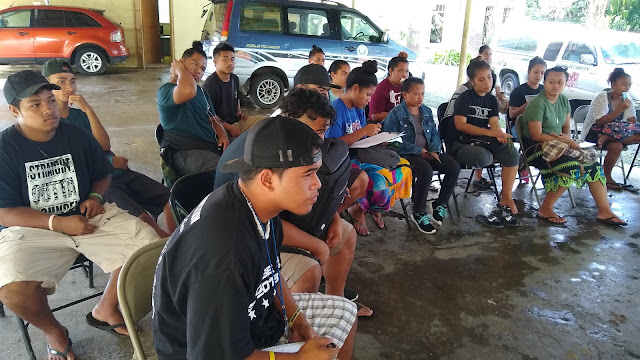Healing plant presentations

Healing plant presentations Diane covered the use of Aloe vera gel for the treatment of external burns. Annielisa covered the popular use of soursop leaf tea as a treatment for diabetes. This particular treatment surfaces regularly in my class, but the leaves of soursop are associated with neurotoxicity and may induce Parkinson-like conditions. Some soursop leaf extracts were toxic to breast cancer cells, but the compounds were also toxic for humans and no clinical trials were conducted. The use of soursop leaves in tea is not currently recommended. Darnick explained the use of tuhke en kilin wai to treat fungal skin disorders. Yuki spoke of the use of a particular variety of green (unripe, not yet sweet) coconut juice to shut down diarrhea. Mayson spoke of the use of unripe weipwul (Morinda citrifolia) fruit for stomachache. Wadel detailed the use of the hard part of the front of a coconut frond petiole, split in half, pounded, and the juice produced u...




